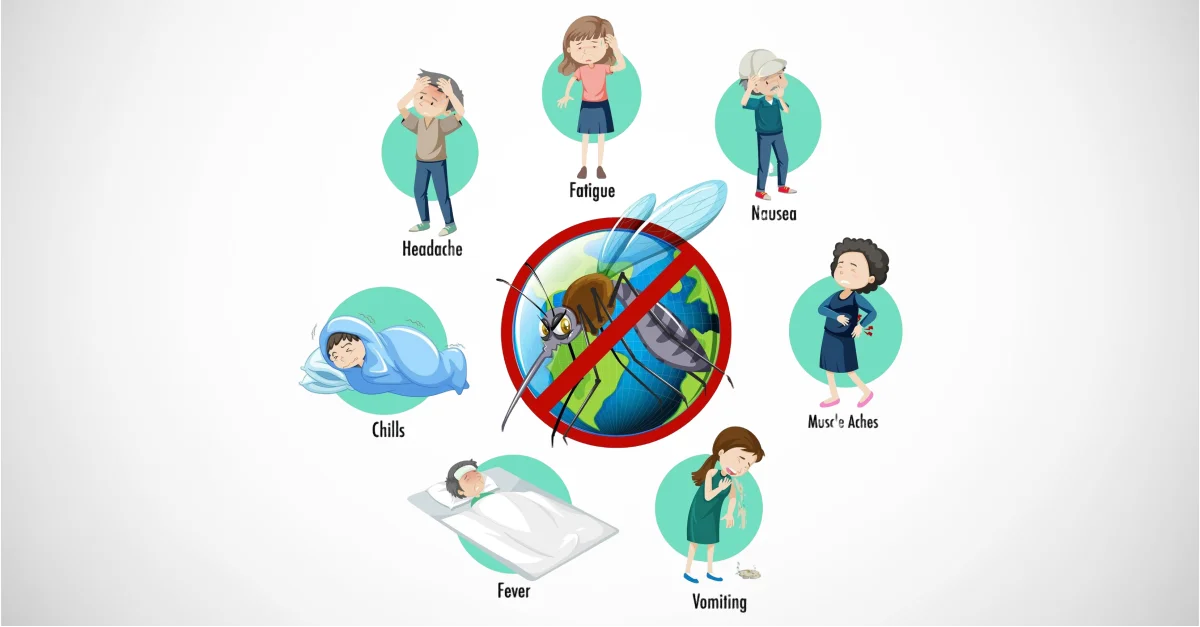Urinary tract infections (UTIs) are one of the most frequent bacteria that affect millions of people each year. While they’re usually thought of as minor health issues UTIs can trigger severe discomfort and even complications if not treated. In 2024, the latest research and treatment advances offer better options for prevention and treatment for those who are at risk or having recurrent infections. Explore the latest news as well as prevention strategies and efficient treatments for UTIs.
What Is a Urinary Tract Infection?
An infection of the urinary tract occurs in the event that bacteria, mostly from the rectum or skin, get into the urethra and grow within the urinary tract. The urinary tract comprises the kidneys and ureters bladder and the urethra. Although UTIs may be a problem for any part of the tract, they’re more frequent within the urinary tract of lower origin, specifically those of the bladder (cystitis) and the urethra (urethritis). If untreated an infection could develop into kidney disease and cause more serious complications.
Key Statistics on UTIs in 2024
UTIs are most common in women, with nearly half of all women having at the very least one UTI throughout their lives. Also, men can suffer from UTIs however their frequency is significantly lower and often due to older age as well as other risks such as prostate problems. In recent times, there’s been an increase in instances of UTIs all over the world, due in part to the rise in antibiotic resistance and lifestyle shifts. According to the most recent statistics from the CDC UTIs cause more than 10 million doctor visits per year within the U.S. alone.
Causes of UTIs
The primary reason for UTIs are the bacteria Escherichia coli (E. coli), which is found naturally in the intestines, but may get into the urethra due to poor hygiene, unsafe sexual activity, or some medical ailments. Other fungi, bacteria, and viruses could also cause UTIs however they are less prevalent.
UTI Symptoms to Watch For
UTI symptoms can vary based on the site of infection but typically include:
- Urinary urgency that is constant and urgent to go to the bathroom
- Burning or pain during urination
- Urine that is cloudy or strongly-scented
- In the lower abdomen, pain or pelvic region
- Chills and fever (more frequent with kidney infection)
- Vomiting and nausea in more severe instances
These symptoms can be especially difficult for older individuals who may also experience delusions or confusion as a sign of an urinary tract infection.
The Rise of Antibiotic-Resistant UTIs
A worrying trend for 2024 is the rise in resistant to antibiotics UTIs. In the course of time, many bacteria responsible for urinary tract infectionparticularly E. E. coli has developed resistance to common antibiotics. This causes UTIs difficult to treat, often requiring stronger medication with more adverse consequences. As a result researchers are working on new formulations of antibiotics and evaluating alternatives to treatment that are not antibiotics like probiotics and the bacteriophages (viruses which attack bacteria).
Preventative Measures and Lifestyle Tips
The positive side lies in the fact that you can take a number of effective ways to reduce the chance of urinary tract infection. Here are a few up-to-date prevention strategies:
- Hydration Drinking plenty water can help remove toxins out of in the urinary tract. Make sure you drink at least eight glasses a day.
- Proper hygiene Always clean from the front to the back after you use the toilet to keep bacteria out of the urethra.
- Urinate after sexual activity Urinating following sexual activity assists in eliminating any bacteria that might have infiltrated the urethra.
- Limit the use of Irritants Do not use harsh soaps, douches or feminine sprays, which can affect the natural pH of the urine, and make it more prone to infections.
- Clothing choices The use of cotton underwear and loose-fitting clothing helps keep the area clean and prevents the growth of bacterial.
- Take a look at Cranberry Products Although studies are ongoing the cranberry juice or supplements are believed to stop bacteria from adhering to urinary tract’s the lining. Find cranberry products with low-sugar or pure juice to get better outcomes.
Emerging Research in UTI Treatments
In 2024, a number of promising innovations for urinary tract infection treatment have been discovered:
- Non-antibiotic therapies The research is focusing on treatments that stop the growth of bacteria without the use of antibiotics. One option is using bacteria phages, viruses that specifically target bacterial cells and are promising in the case with antibiotic resistance UTIs.
- Probiotics Probiotics with certain strains specifically Lactobacillus could help to restore the natural balance of the bacteria in the urinary tract, decreasing the chance of developing repeated infections.
- Bladder Inoculations This technique involves introducing beneficial bacteria into the bladder in order to fight harmful UTI-causing bacteria, while reducing the possibility of recurring infections.
- Vaccines Clinical trials are in progress to create vaccines that can stop UTIs. Although these vaccines are in the development phase they could be an effective tool to decrease the worldwide incidence of UTIs.
Diagnosing and Treating UTIs
Finding out if you have the presence of UTI generally requires a urine test to determine the presence of bacteria. Certain cases may require urine tests to detect specific bacteria, especially when prior antibiotics haven’t been successful. In cases that are complex or frequent the use of cystoscopies and imaging tests can be considered.
- Antibiotic Treatment :- When they are diagnosed, most UTIs will be dealt with using a quick treatment with antibiotics. However, due to the fact that antibiotics have developed resistance, it is essential to follow the prescribed regimen completely. In the beginning, stopping antibiotics may lead to resistance, making future diseases more difficult to combat.
- Pain Relief :- Although antibiotics treat the infection, prescription painkillers like acetaminophen or ibuprofen are able to ease discomfort. If the situation is severe the doctor may recommend a urinary analgesic as more relief.
Recognizing and Managing Recurrent UTIs
For a few people, urinary tract infection become a chronic problem with frequent infections that require continuous treatment. In such cases doctors may suggest an antibiotic with a low dose daily for a specific time period or recommend a post-coital antibiotic in the event that UTIs appear to be related to sexual activities.
When to Seek Medical Attention
When urinary tract infection symptoms persist following the start of antibiotics, or are caused by nausea, fever and lower back discomfort, you should seek urgent medical treatment. These signs could indicate an infection in the kidney that requires urgent and intensive treatment.
Conclusion
Due to the increasing number of resistant to antibiotics urinary tract infection and the rise of antibiotic-resistant urinary tract infection, it’s now more vital than ever to focus on prevention and adhere to the latest treatment guidelines. Becoming informed, ensuring good hygiene and understanding risk factors can lower the risk of developing an urinary tract infection or even help you detect it earlier. As technology develops in the field of urinary tract infection treatment, new options for treatment and possible vaccines provide hope towards a time when urinary tract infection are less difficult to prevent and manage.






